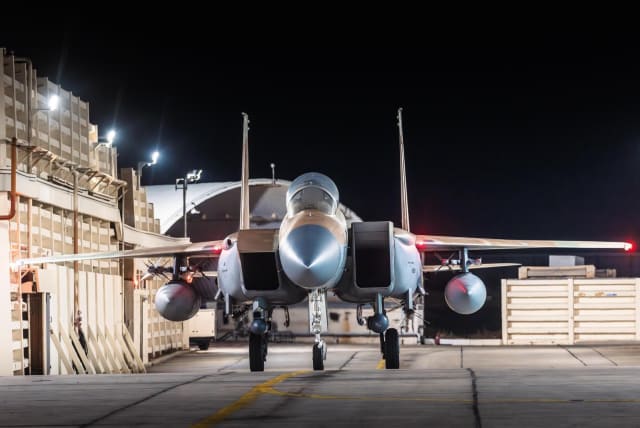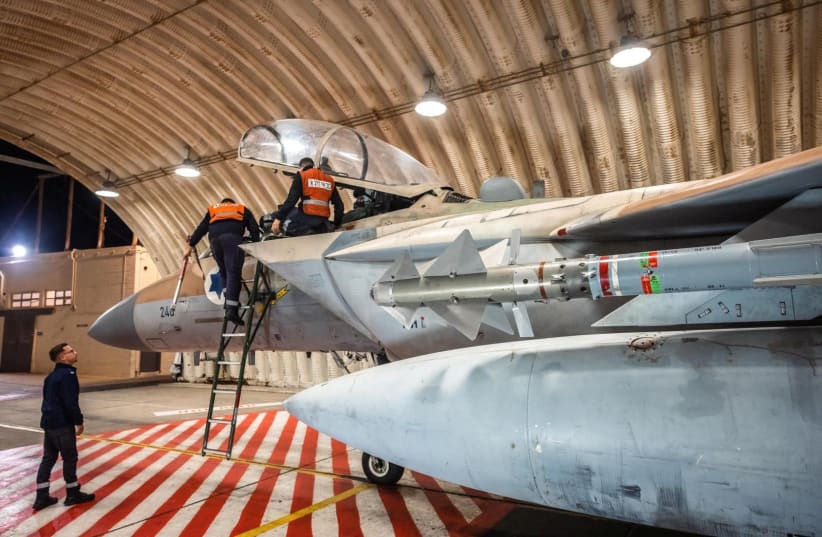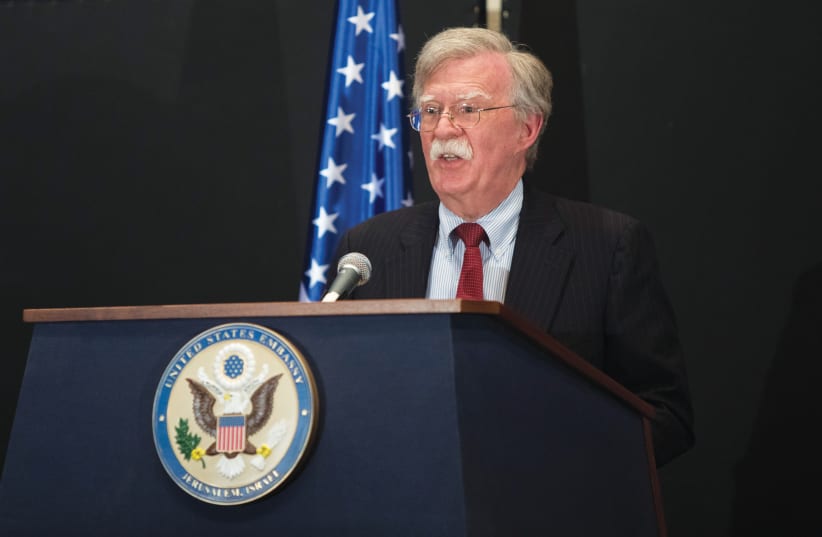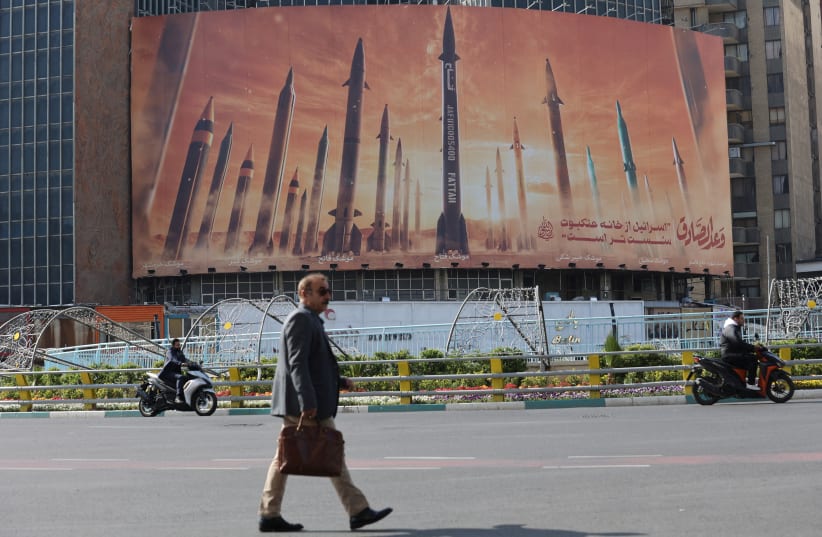Article
How the Israel Air Force could bring Iran to its knees – analysis

What if Israel finally decides to strike back? What if it decides to take this opportunity to finally bomb Iran’s prized nuclear weapons program?
Iran took its best shot (or a very significant one) at Israel with over 100 ballistic missiles, cruise missiles, and over 100 drones, totaling over 300 forms of aerial attack from many different sides and vectors.

What if Israel finally decides to strike back? What if it decides to take this opportunity to finally bomb Iran’s prized nuclear weapons program?
Such a scenario has been gamed out for years, but here is one version of what it could look like.
Several quartets of F-35 stealth combat jets could fly by separate routes to hit sites across the massive Islamic Republic, some as far as 1,200 miles from the Jewish state.
Some of the aircraft might fly along the border between Syria and Turkey (despite those countries’ opposition) and then race across Iraq (who would also oppose). Other aircraft might fly through Saudi airspace (unclear if this would be with quiet agreement or opposition) and the Persian Gulf.
The main aim would be to eliminate Iran’s air defense
They might arrive simultaneously or in waves (as Iran did overnight between Saturday and Sunday) to first eliminate the ayatollahs’ air defenses at dozens of Iranian nuclear sites, carefully hand-picked by the Mossad and IDF intelligence.
Their job would be to eliminate Iran’s serious air defense shield, a much more sophisticated defense system than anything Lebanon, Syria, or Hamas possesses.
Regardless of whether the F-35s came in unison or in waves, there would almost certainly be a separate wave for Israel’s F-15 eagles, F-16 fighting falcons, and heavily loaded F-35s carrying 5,000-pound American GBU-72 bombs. 2,000 pound and smaller bombs might also be used for a variety of targets.
There might even be additional waves after that to assist in penetrating deep into the ground to destroy Iran’s top nuclear facilities at Fordow and Natanz.
The IDF could also potentially use a significant number of its own surface-to-surface ballistic missiles as well as intelligence-collecting and attack drones.
Fordow’s main chamber is buried some 80 meters underground, a depth that only the 30,000-pound “bunker buster” bombs in the American arsenal could immediately destroy.
But even under the Trump administration, the US has always refused to provide Israel with such bunker busters.
That said, one does not need to entirely eliminate a facility to render it useless. A repeated series of strikes could block Tehran’s access to electric power, bury its entrances and exits, and cut it off from the world.
Such an operation might not be free.
Iran might succeed at shooting down aircraft.
Some aircraft might fail to make the return flight due to fuel issues even if there was some complex midair refueling capability or midway landing spot as part of the plan.
On the positive side, despite the massive number of aerial attacks by the IDF in Lebanon, Syria, and Gaza, which reportedly also included F-15 and F-16 fighter aircraft at times, Israel lost only one F-16 in early 2018 and has never lost an F-35.
Special forces or Mossad agents in Iran to assist close-up could be lost one way or another.
There are also additional facilities that Israel might strike, such as the heavy water reactor at Arak, the uranium conversion plant near Isfahan, research reactors at Bonab, Ramsar, and Tehran, and other facilities where Iran has moved forward on weaponization issues – though these facilities might be a lower priority as they are earlier points in the nuclear weapons cycle.
As of mid-2023, it was also revealed that IDF intelligence formed a new unit of dozens of officers with one goal: to collect and assess intelligence to develop a massive target bank for hitting Iran far beyond just its nuclear program.
The targets were to include key power sources for the Islamic Revolutionary Guard Corps in order to bring them to their knees much the same way IDF intelligence had collected intelligence for years on an enormous number of Hamas and Hezbollah targets.
Israel might not undertake a huge attack on Iran’s nuclear facilities.
If it does, it might not open up the much larger target bank of IRGC targets.
Maintaining US and allied support is also a crucial value.
On the other hand, the main reason not to attack Iran for years has been the blowback that Jerusalem could receive from Hezbollah, Hamas, and hundreds of drones and ballistic missiles.
Being that most of the worst case scenarios have already transpired – and even worse including Yemen who was not viewed as for sure taking part in a theoretical larger war as they have in fact in the current very real war – there would seem to be a lot less of a reason to hold back at this moment than at anytime in decades.

























